All Science
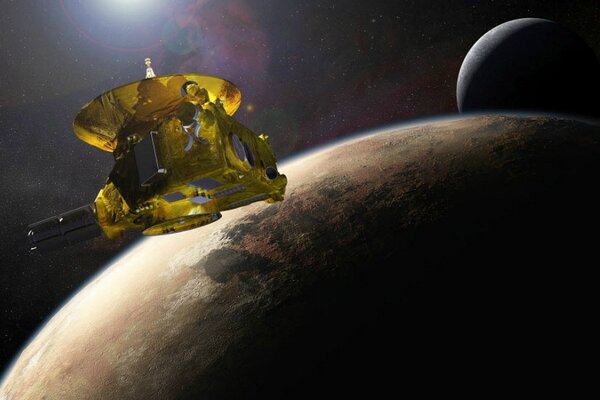 New Horizons closes on dwarf planet: Is Pluto ready for its close-up?
New Horizons closes on dwarf planet: Is Pluto ready for its close-up?NASA’s New Horizons spacecraft is about to zip past Pluto at 31,000 miles an hour and just 7,750 miles above the surface. The craft will be taking the most detailed images of the dwarf planet, mapping features as small as a football field.
 How a plant species communicates with bats
How a plant species communicates with batsA species of tropical pitcher plant that feeds on guano has evolved a unique method of attracting bats.
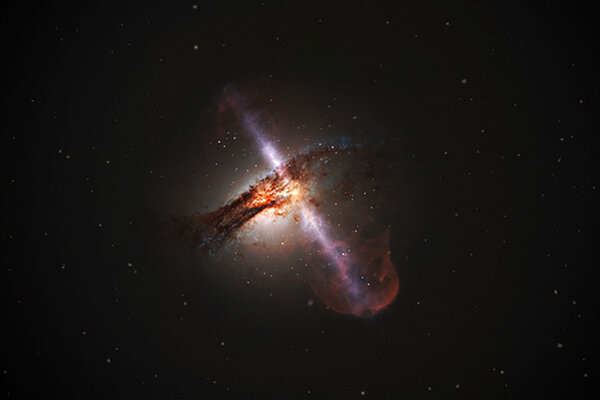 Monster black hole is too big for its galaxy, say astronomers
Monster black hole is too big for its galaxy, say astronomersA new found black hole is much bigger than expected, given the size of its host galaxy. The discovery could call into question our current understanding of how galaxies form.
- NASA probe gets one last look at Pluto's mysterious dark spots
NASA's New Horizons space probe imaged dark patches on Pluto's one last time, from a distance of 2.5 million miles, before it passes through the dwarf planet's system.
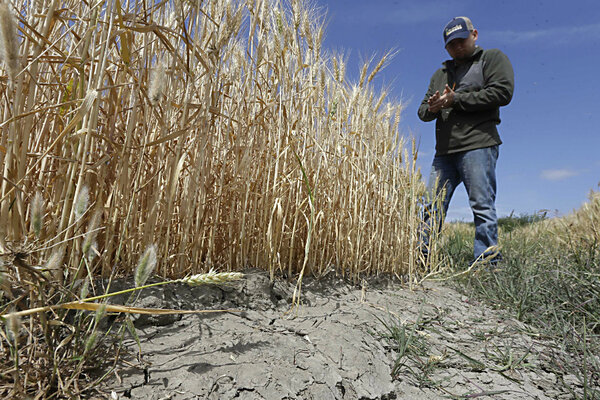 Could El Niño end California's drought?
Could El Niño end California's drought?A strong El Niño developing in the Pacific Ocean could bring relief to the Golden State in the midst of its historic drought.
 Why are China's giant pandas so lazy?
Why are China's giant pandas so lazy?Newly published research says giant pandas evolved to be lazy, in order to survive their inefficient bamboo diet.
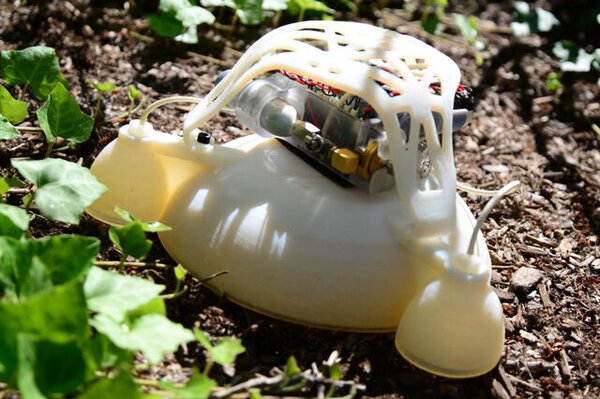 Science NotebookHopping 3-D printed robot has soft exterior, heart of metal
Science NotebookHopping 3-D printed robot has soft exterior, heart of metalScientists at Harvard University and UC San Diego have created the first robot with a 3D-printed body that transitions from an outer layer that is soft to the touch into a rigid metal core.
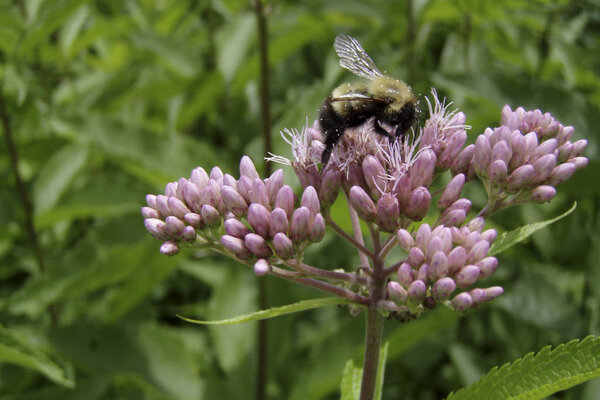 Science NotebookClimate change turns up heat on bumblebees
Science NotebookClimate change turns up heat on bumblebeesAnalysis of 110 years of bee distribution from hundreds of thousands of specimen records shows some remarkable similarities to patterns of climate change.
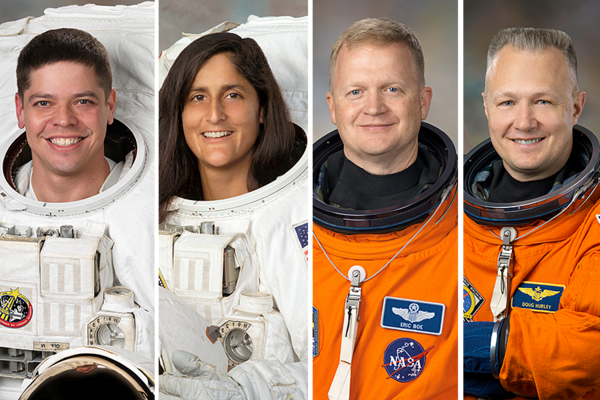 Air Force pilots, Navy officer, and Marine: Meet NASA's first commercial astronauts
Air Force pilots, Navy officer, and Marine: Meet NASA's first commercial astronautsNASA chooses their first astronauts to fly into space on board a commercial flight.
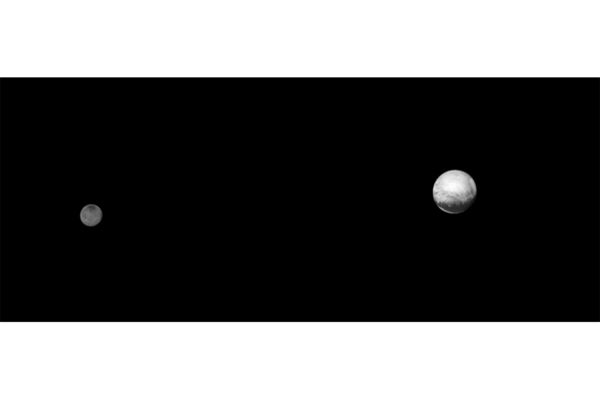 Science NotebookNew Horizons opens new window on icy Charon, Pluto's largest moon
Science NotebookNew Horizons opens new window on icy Charon, Pluto's largest moonAs New Horizons closes in on Pluto, Charon, the largest moon in the dwarf planet's system, is now emerging as its own world, NASA officials say.
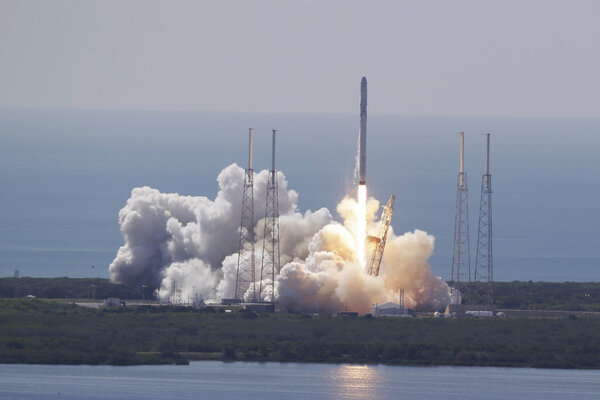 Science NotebookWho will be first astronauts to blast off in commercial shuttle?
Science NotebookWho will be first astronauts to blast off in commercial shuttle?NASA hopes to launch the first manned commercial space flight by 2017.
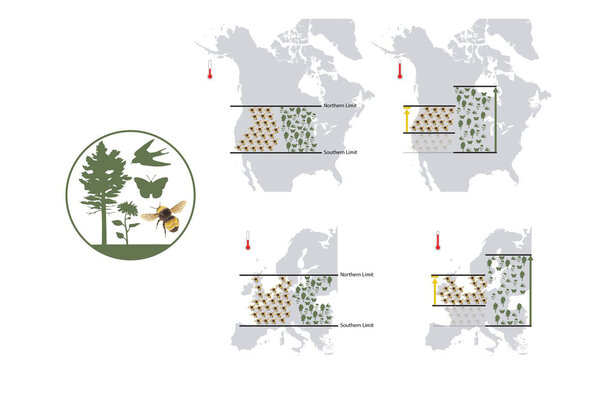 Pollination perturbation: Is climate change putting bumblebees in a vise?
Pollination perturbation: Is climate change putting bumblebees in a vise?One long-term study suggests that rising temperatures are prompting bumblebee populations to retreat from the southernmost borders of their habitats.
 'Furry solar cells'? Lessons in solar power from space.
'Furry solar cells'? Lessons in solar power from space.Companies build 3-D solar cells to solve problems in space, which might help Earth too.
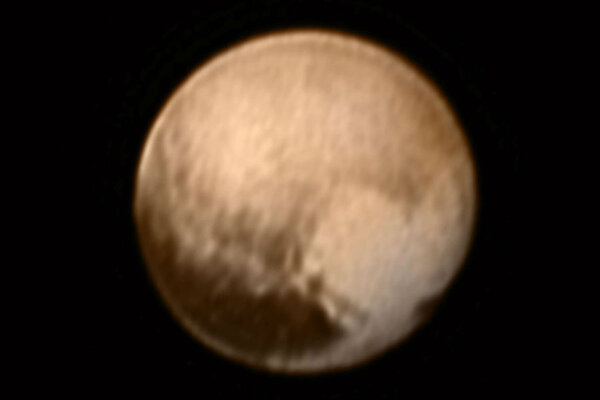 Is this the cutest thing a dwarf planet has ever done?
Is this the cutest thing a dwarf planet has ever done?An image of Pluto captured by New Horizons shows a giant heart-shaped bright spot on the dwarf planet.
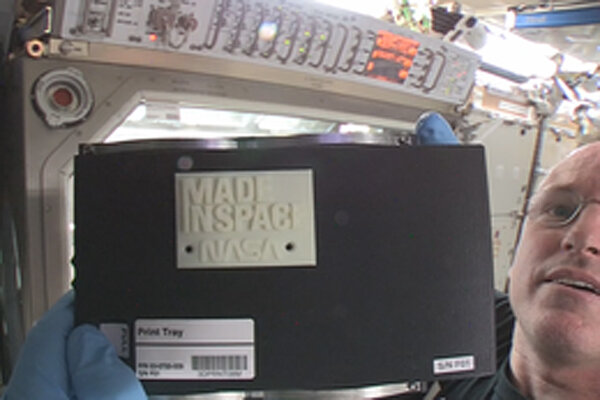 Coming soon: 3-D printers recycle plastic in space
Coming soon: 3-D printers recycle plastic in spaceThe first company to print 3-D objects in space will soon bring recycling to space.
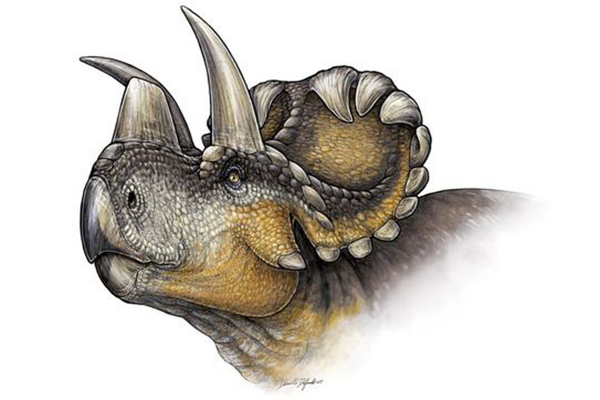 Why is this new, curly-horned dinosaur named Wendy?
Why is this new, curly-horned dinosaur named Wendy?Scientists uncover new remains of an ancient dinosaur, and decide to celebrate in a unique way.
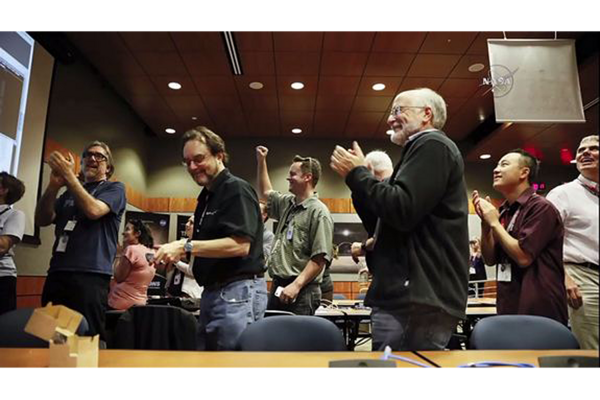 New Horizons officially begins Pluto flyby
New Horizons officially begins Pluto flybyNASA's New Horizons space probe has officially begun its sequence of science observations of Pluto and its moons.
- How did Triceratops get its horns? Bizarre new fossil reveals clues.
Measuring 20 feet and weighing about a ton, the Wendiceratops pinhornensis had a distinctive forward-curling frill on top.
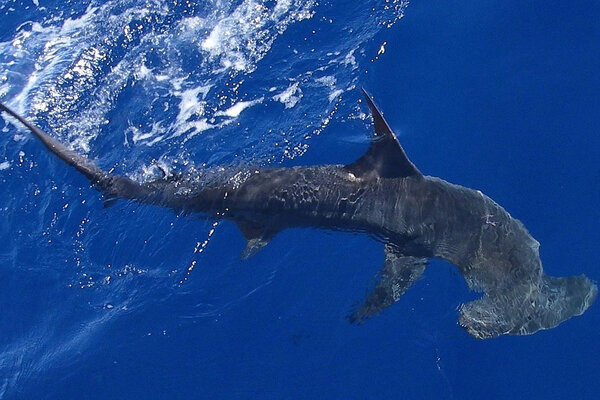 Science NotebookFirst-ever global shark census aided by $4 million, baited cameras
Science NotebookFirst-ever global shark census aided by $4 million, baited camerasAs people continue to celebrate Shark Week, a group has launched a historic international survey to breathe new life into the field of shark conservation.
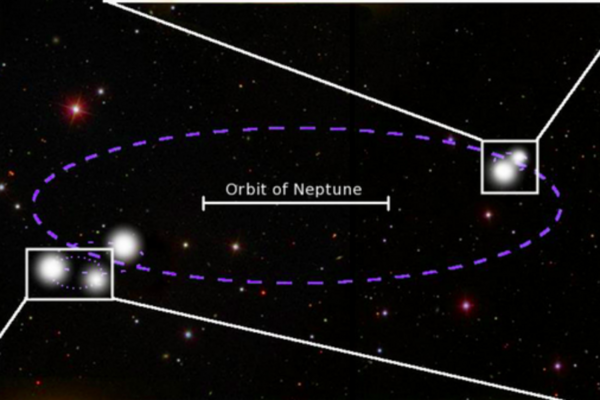 Five-star formation find would put 'Star Wars' makers to shame, astronomer says
Five-star formation find would put 'Star Wars' makers to shame, astronomer saysA unique five-star formation was discovered on the same gravitational plane 250 light years away from Earth.





















